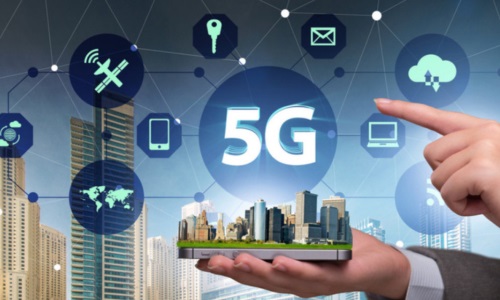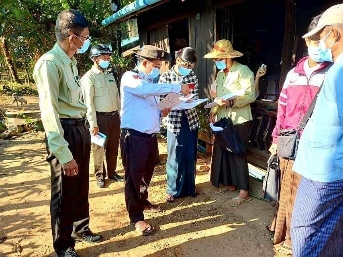
5G technology, the fifth generation of mobile networks, is designed to provide significantly faster speeds, reduced latency, and greater capacity than its predecessor, 4G.
One of the key features of 5G is its ability to facilitate real-time data analytics across various applications and industries. Here are several aspects to consider regarding 5G technology and real-time data analytics:











### Key Features of 5G Technology
1. **High Speed**: 5G can provide download speeds exceeding 10 Gbps, enabling the transmission of large volumes of data in real time.
2. **Low Latency**: 5G targets ultra-low latency of around 1ms, which is crucial for applications requiring immediate feedback, such as autonomous driving or remote surgery.
3. **Massive Device Connectivity**: 5G can support millions of devices per square kilometer, enabling the Internet of Things (IoT) and the collection of vast amounts of data from various sources.
4. **Network Slicing**: This feature allows the creation of multiple virtual networks within a single physical 5G network, tailored for specific applications or industries.
### Applications of Real-Time Data Analytics with 5G
1. **Smart Cities**: 5G enables real-time data collection and analysis from various urban systems—like traffic lights, public transportation, and smart waste management—enhancing city management and response times to incidents.
2. **Healthcare**: Real-time health monitoring using wearables connected through 5G can provide insights to healthcare providers, enabling immediate responses to health emergencies and chronic conditions management.
3. **Autonomous Vehicles**: 5G facilitates rapid communication between vehicles and infrastructure, allowing for real-time data sharing that is essential for the safe operation of autonomous vehicles.
4. **Industrial IoT**: In manufacturing, 5G allows for real-time monitoring of machinery and processes, enabling predictive maintenance and improved operational efficiency through analytics.
5. **Augmented and Virtual Reality**: 5G’s low latency and high speeds make it ideal for applications like immersive gaming and remote training, where real-time feedback and high-quality experiences are essential.
### Challenges and Considerations
1. **Data Security and Privacy**: With more devices connected to the network, the volume of data increases, raising concerns about data protection and user privacy.
2. **Infrastructure Costs**: The deployment of 5G infrastructure comes with significant costs, and there may be challenges in ensuring widespread coverage.
3. **Interoperability**: As various industries adopt 5G, ensuring that different systems and devices can communicate seamlessly is critical for effective real-time data analytics.
### Conclusion
The combination of 5G technology and real-time data analytics presents a transformative potential across various sectors. By leveraging enhanced connectivity, organizations can analyze data instantaneously, improving decision-making processes, optimizing operations, and creating innovative products and services tailored to user needs. As adoption grows, the development of robust security measures and infrastructure will be essential to fully realize the benefits of 5G-powered real-time analytics.


Leave a Reply